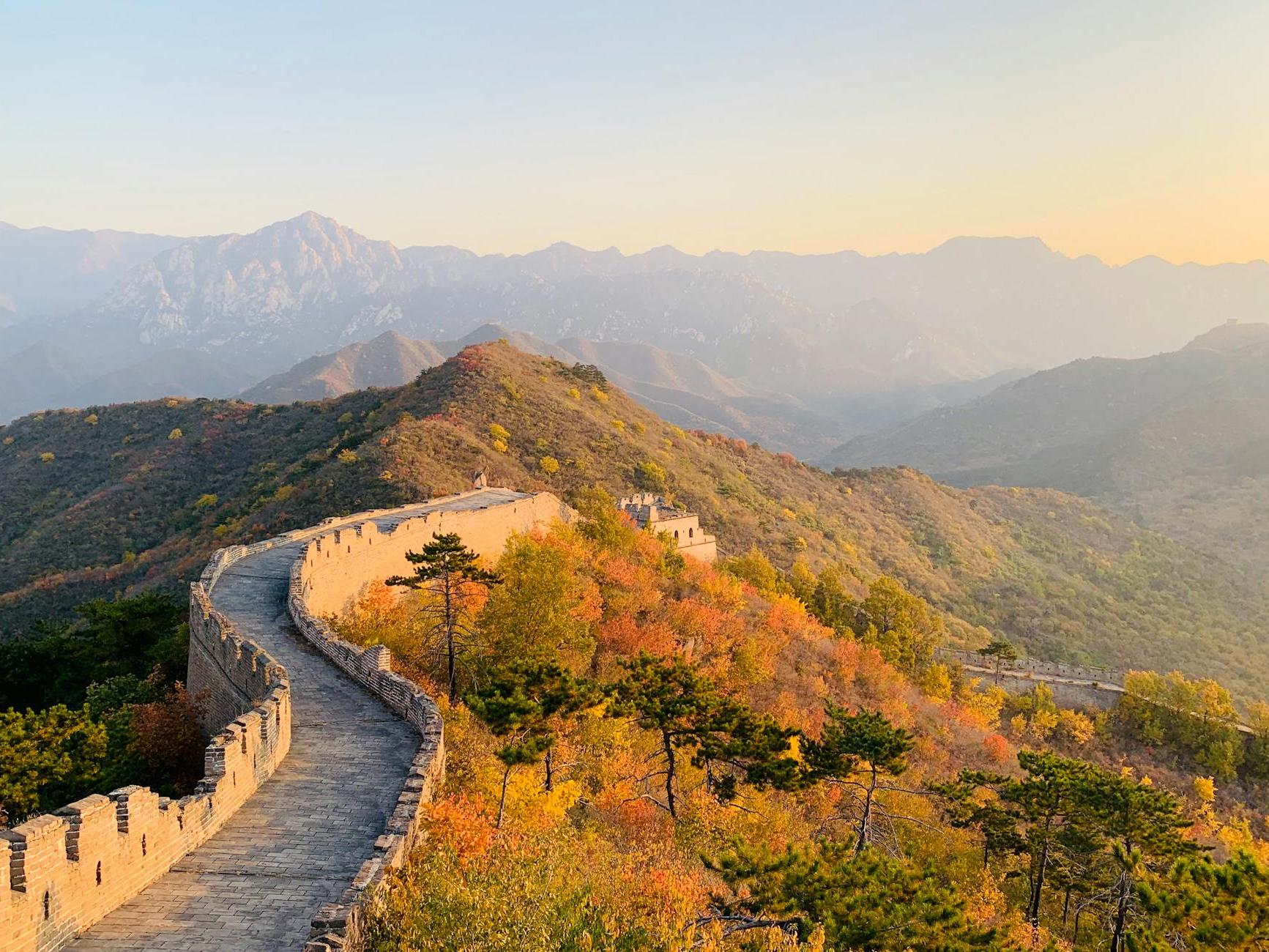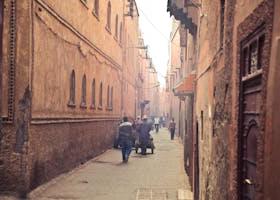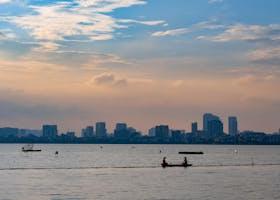Discover the Top 10 Must-See Attractions in Beijing: A Traveler's Guide
Posted on June 3, 2024 • 12 minutes • 2470 words
Table of contents
Welcome to the vibrant city of Beijing, where ancient history and modern marvels blend seamlessly, creating a travel experience unlike any other. Year-round, visitors flock to this dynamic capital, but the prime time to explore its beauty is during the autumn months from September to November when the weather is pleasantly cool and the foliage turns the city into a picturesque landscape. But fear not, whether you’re wrapped in the delicate snowflakes of winter, basking in the gentle sun of spring, or exploring under the clear skies of summer, Beijing offers an abundance of attractions and activities that promise memorable adventures no matter when you visit.
As you embark on your journey through Beijing, prepare to be enthralled by its top 10 must-see attractions, each telling its own story of the city’s rich heritage and vibrant culture. From the majestic Great Wall that snakes over rugged mountains, to the serene beauty of the Summer Palace and the sprawling Forbidden City at the heart of Beijing, this guide will lead you through the wonders of the city. So grab your map and get ready to discover the essence of Beijing, a city that effortlessly captivates the hearts of travelers from every corner of the globe.
10 best things to see in Beijing
10. Beijing Zoo
Why should you add Beijing Zoo to your must-visit list in Beijing? First off, Beijing Zoo is not just a place to see a vast collection of animals; it’s a walk through China’s rich fauna, featuring the famous Giant Pandas, among other exotic animals unique to China and Asia. It’s an opportunity to get up close with creatures you might not find anywhere else. To get there, hopping on the subway is the easiest way. Take Line 4 to the Beijing Zoo Station, and you’ll find the entrance a short walk away. While exploring, pay special attention to the Panda House, it’s the highlight for many visitors. But, remember to time your visit well, preferably during feeding times in the morning, to see the animals most active. Also, keep an eye on the signs and maps; the zoo is vast, and it’s easy to miss out on hidden gems scattered throughout the area.
9. Niujie Mosque
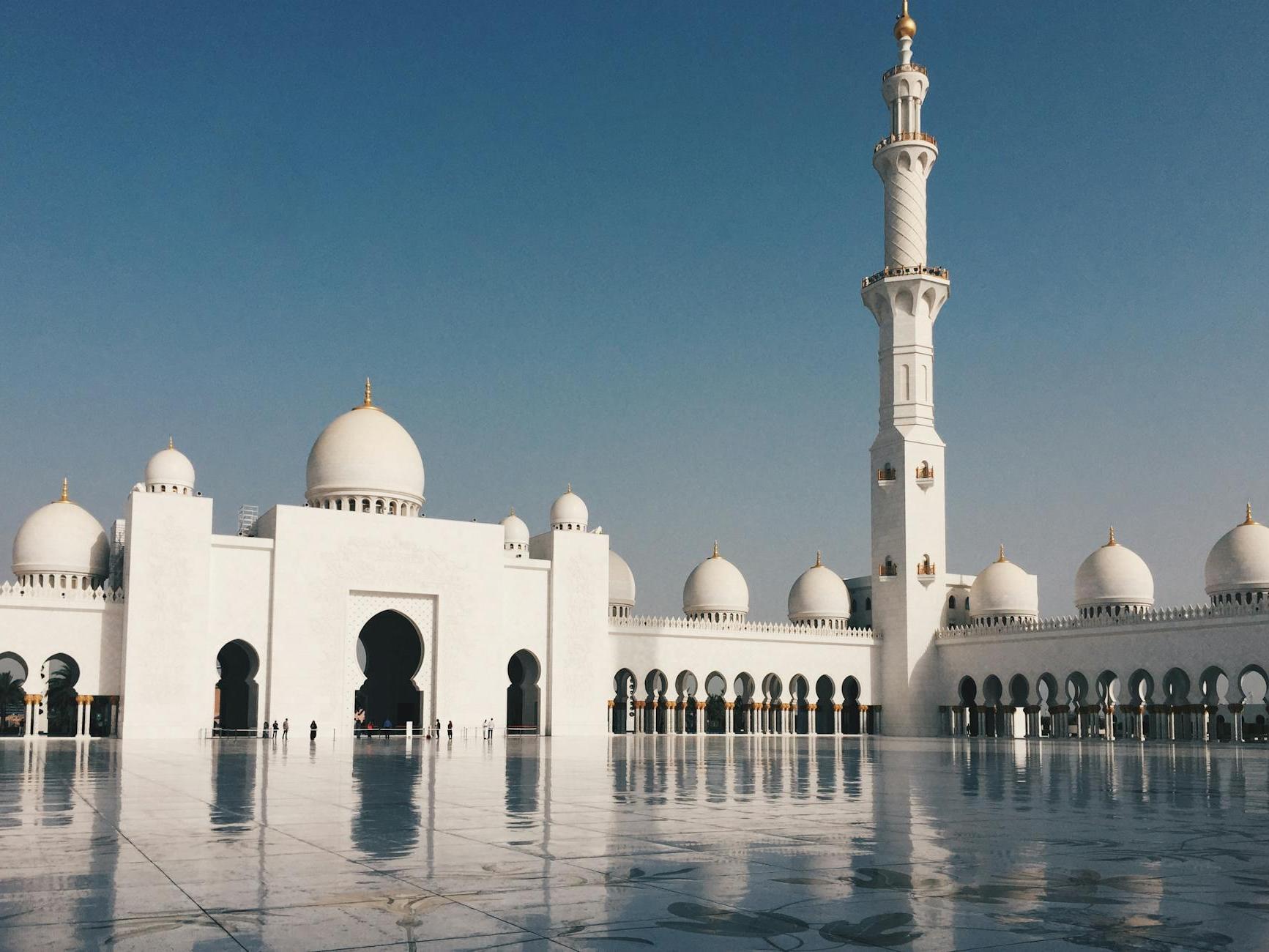
When exploring Beijing’s rich tapestry of history and culture, don’t miss the chance to visit the Niujie Mosque, an emblem of the city’s diverse heritage. This mosque isn’t just the largest in Beijing; it’s a serene blend of Islamic and Chinese architectural traditions, making it a unique sight in the heart of the bustling city. To get there, simply hop on the subway and alight at the Guanganmen Inner Station; from there, it’s an easy walk to this historical gem. Pay special attention to the intricate calligraphy and the stunning wooden carvings that adorn its halls – they’re a testament to the artistic excellence that has survived centuries. Remember, while the Niujie Mosque is an active place of worship inviting contemplation and respect, it also warmly opens its doors to those seeking to understand the cultural bridges it represents in Beijing’s diverse history.
8. 798 Art Zone
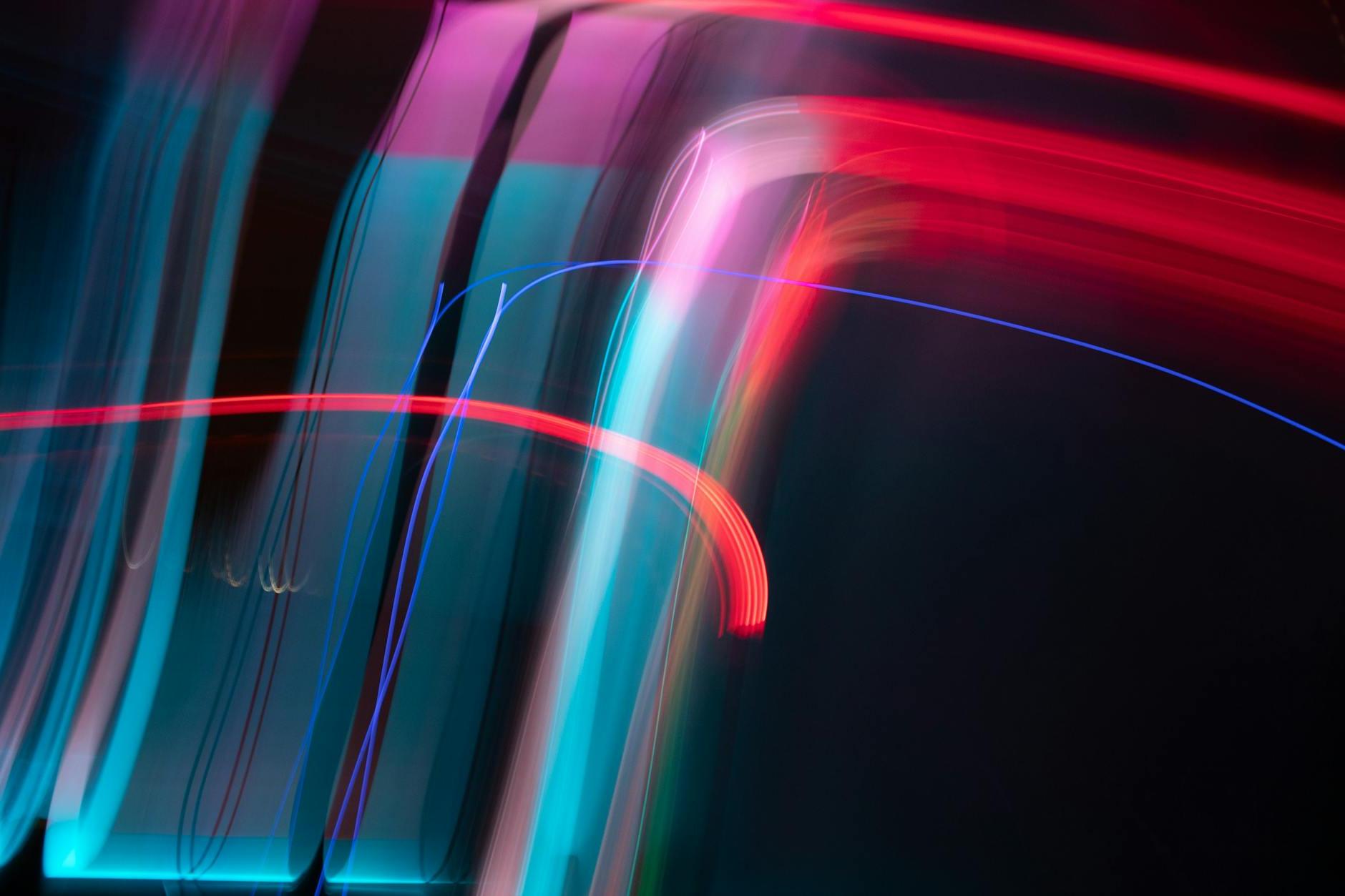
If you’re exploring Beijing and have a love for contemporary art and culture, you absolutely must make time for the 798 Art Zone. Nestled in the northeast part of the city, this thriving arts community is where old industrial buildings have been transformed into galleries, studios, and cafes, creating a vibrant space for artists and art lovers alike. To get there, taking the subway is quite convenient—simply hop on Line 14 and get off at Wangjing South Station, from where it’s a short cab or bus ride. As you wander through this labyrinth of creativity, pay special attention to the unique blend of Soviet Bauhaus architecture, a rare find that adds an interesting layer to the art on display. Don’t miss the chance to catch temporary exhibitions and possibly even chat with local artists. Whether or not you consider yourself an art aficionado, the 798 Art Zone offers a unique glimpse into Beijing’s modern cultural scene that you won’t find anywhere else in the city.
7. Yonghe Temple
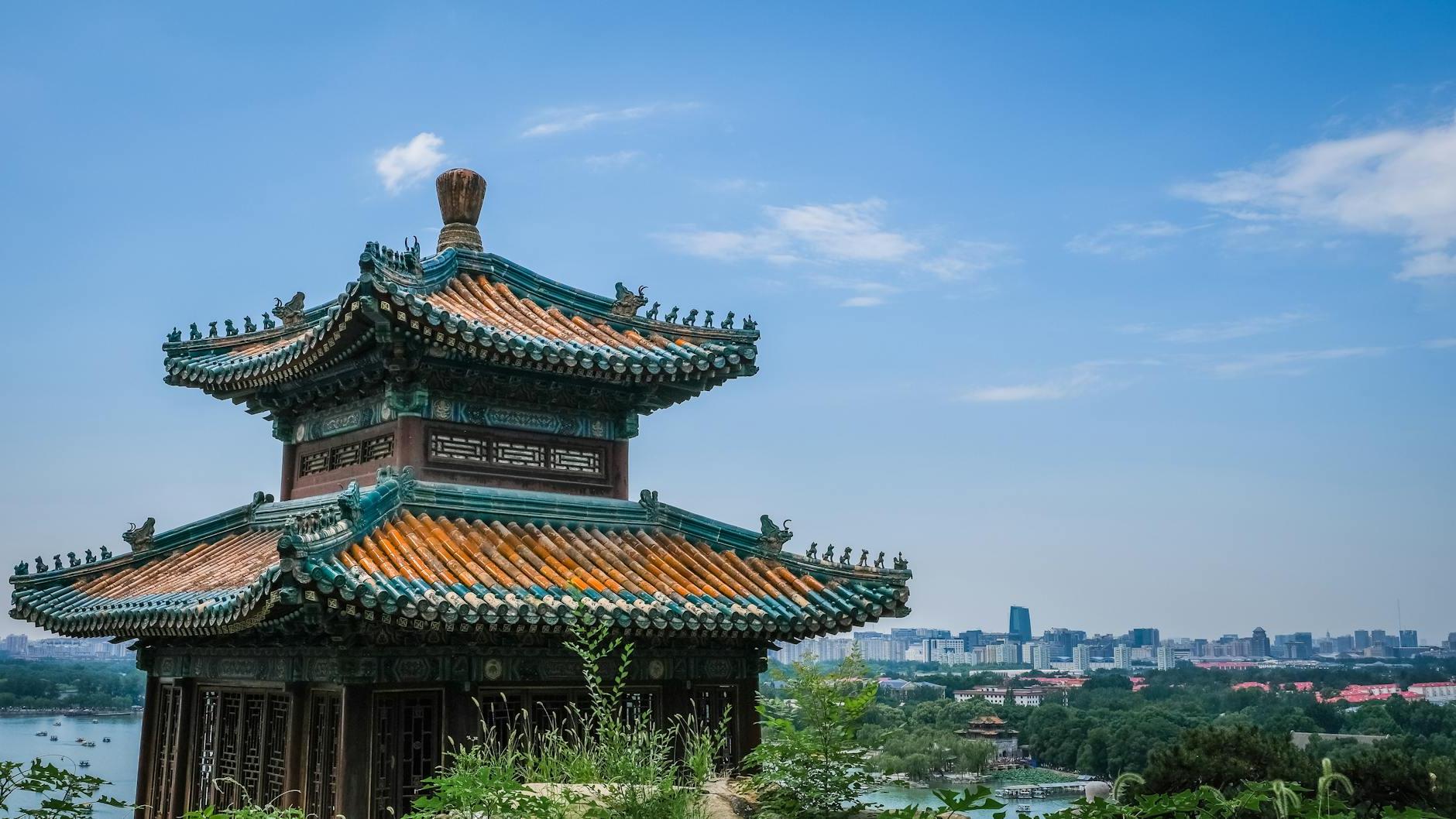
When you’re visiting Beijing, the Yonghe Temple, often known as the Lama Temple, is an unmissable stop in your itinerary. This stunning temple is a serene haven of Tibetan Buddhist culture right in the heart of the bustling city. One of the major reasons to visit is to witness its impressive architecture and the largest wooden Buddha statue in the world. Getting there is straightforward - you can easily take the subway to Yonghegong Station (Lines 2 or 5), and the temple is just a short walk away. While there, pay special attention to the intricate details on the buildings and the beautiful thangkas (Tibetan silk paintings). Remember to respect the calm and spiritual environment by keeping voices low and dressing modestly. Whether you’re interested in religion, culture, or just looking for a peaceful spot in the city, the Yonghe Temple is a memorable part of any Beijing visit.
6. Beihai Park
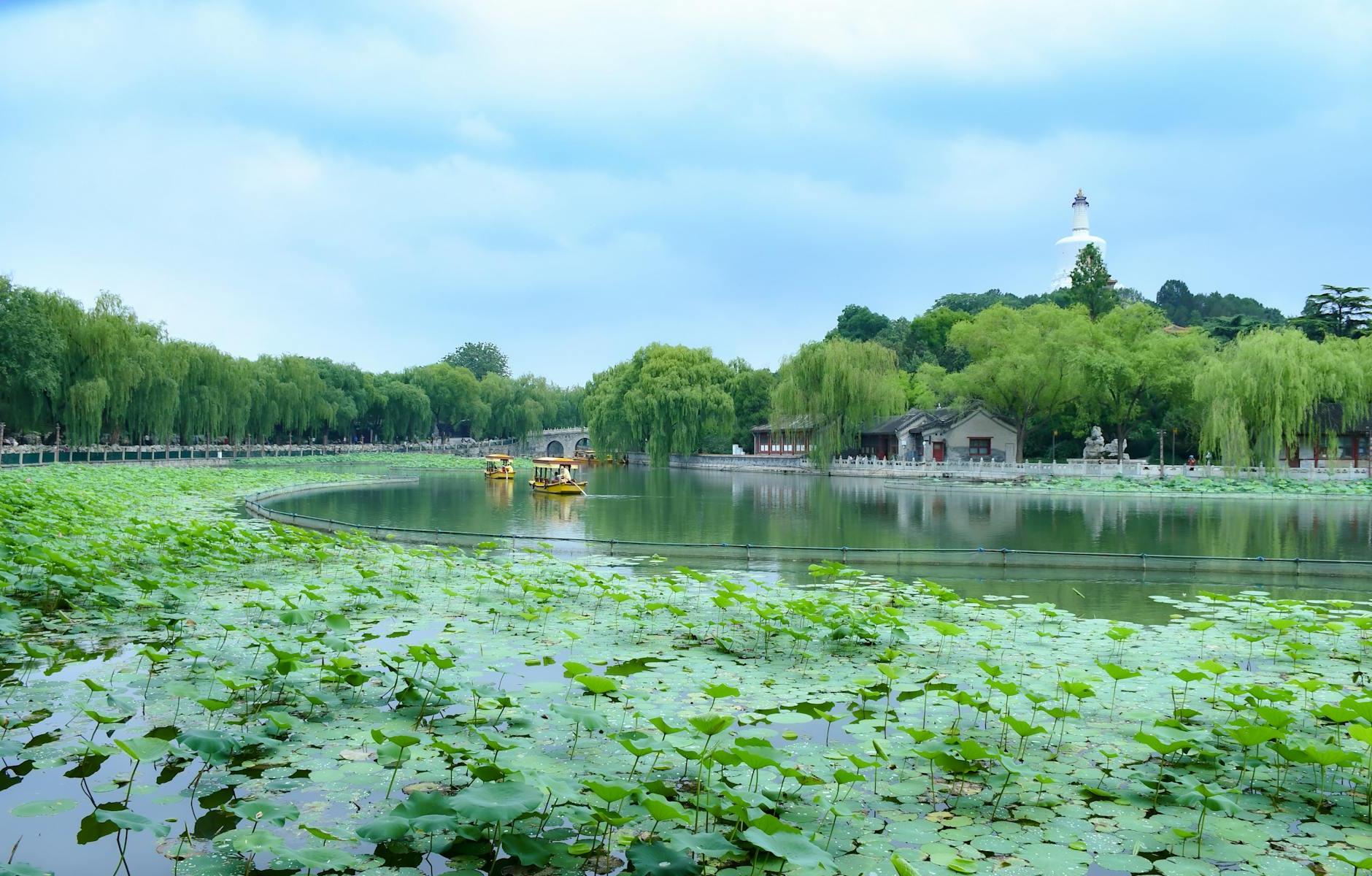
If you’re exploring Beijing, a visit to Beihai Park should definitely be on your itinerary. This historical park is a peaceful oasis in the midst of the bustling city, offering stunning views, ancient temples, and a beautiful lake. To get there, you can easily take the subway to Beihai North (Line 6) or a short taxi ride from the city center. Once inside, make sure to visit the iconic White Pagoda, perched on Jade Flower Island, offering panoramic views of the park and the city beyond. The park is also home to exquisite classical Chinese gardens, pavilions, and a large lake where you can rent a boat for a leisurely paddle. Beihai Park isn’t just a green escape; it’s a journey through China’s rich history and culture, making it a must-visit for anyone in Beijing.
5. Summer Palace
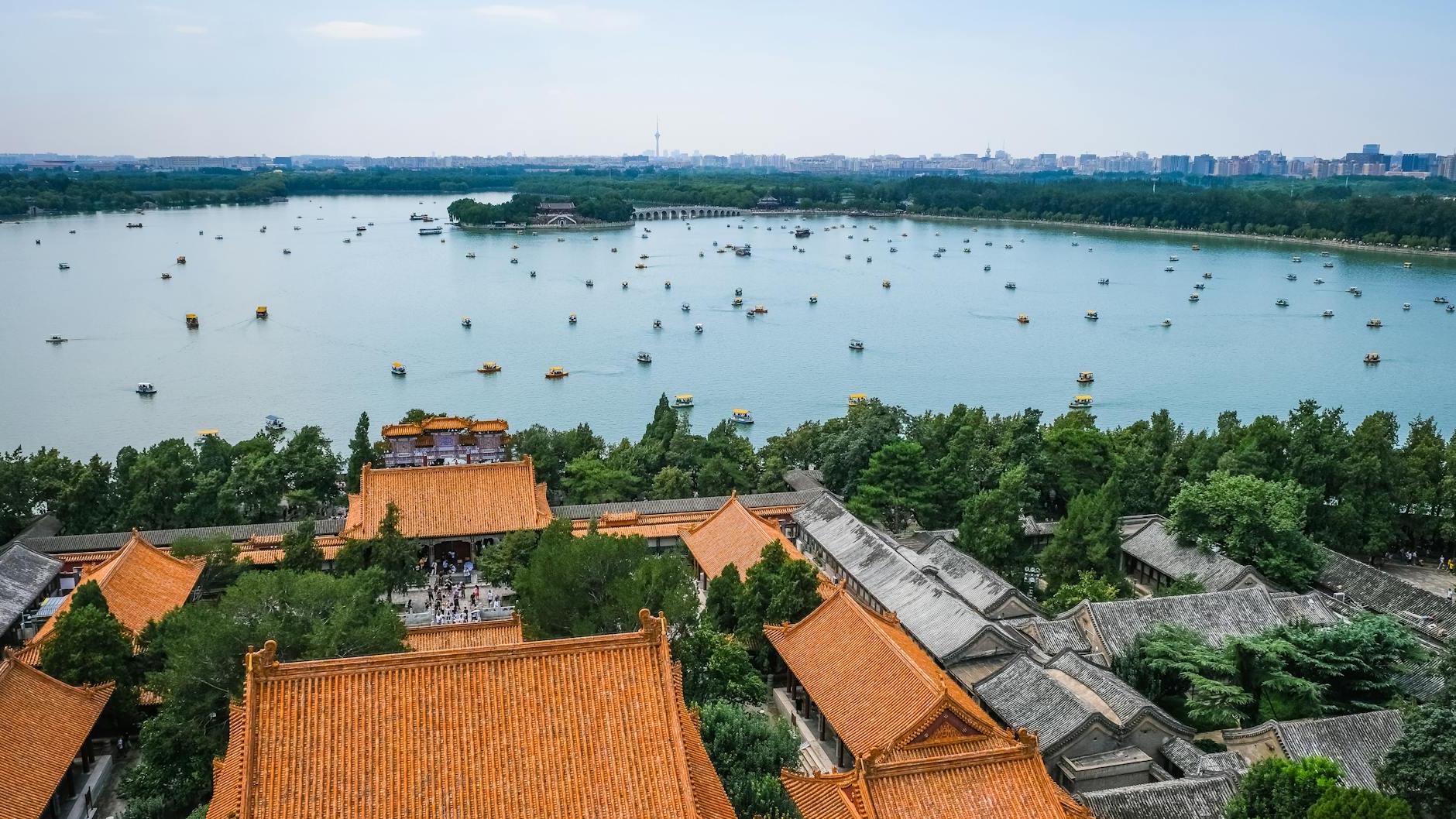
Visiting the Summer Palace in Beijing is like stepping into a living masterpiece of Chinese landscape garden design. This vast and beautiful space, filled with lakes, gardens, and palaces, is a tranquil escape from the bustling city. It’s not just a feast for the eyes; the Summer Palace is steeped in history, offering you a glimpse into China’s royal past. To get there, taking the subway is convenient – simply hop on Line 4 and get off at Beigongmen Station, which is a short walk from the palace’s North Gate. Remember to wear comfortable shoes, as there’s a lot to explore, and don’t miss the iconic Long Corridor with its intricately painted scenes from Chinese literature and the stunning Kunming Lake, perfect for a leisurely boat ride. The blend of natural beauty with traditional architecture makes the Summer Palace a must-visit when you’re in Beijing.
4. Temple of Heaven

When you’re exploring Beijing, the Temple of Heaven is a must-visit spot that you shouldn’t miss. This iconic park, renowned for its profound historical significance and breathtaking architectural beauty, truly stands out. It’s where emperors of the Ming and Qing dynasties once performed ceremonies to pray for a good harvest, making it a place rich in cultural heritage. To get there, the easiest way is to use the Beijing subway system. Simply hop on Line 5 and get off at the Tiantan Dongmen station, which leads directly to the Temple of Heaven’s East Gate. While you’re there, pay special attention to the Hall of Prayer for Good Harvests, a stunning circular building that exemplifies ancient Chinese architectural genius. Don’t forget to explore the vast park surrounding the temple, it’s perfect for a leisurely walk or to observe locals enjoying traditional activities like tai chi, kite flying, or dancing. Visiting the Temple of Heaven is not just a journey through the pages of history, but also a chance to experience the serene beauty and vibrant community life of Beijing.
3. The National Museum of China
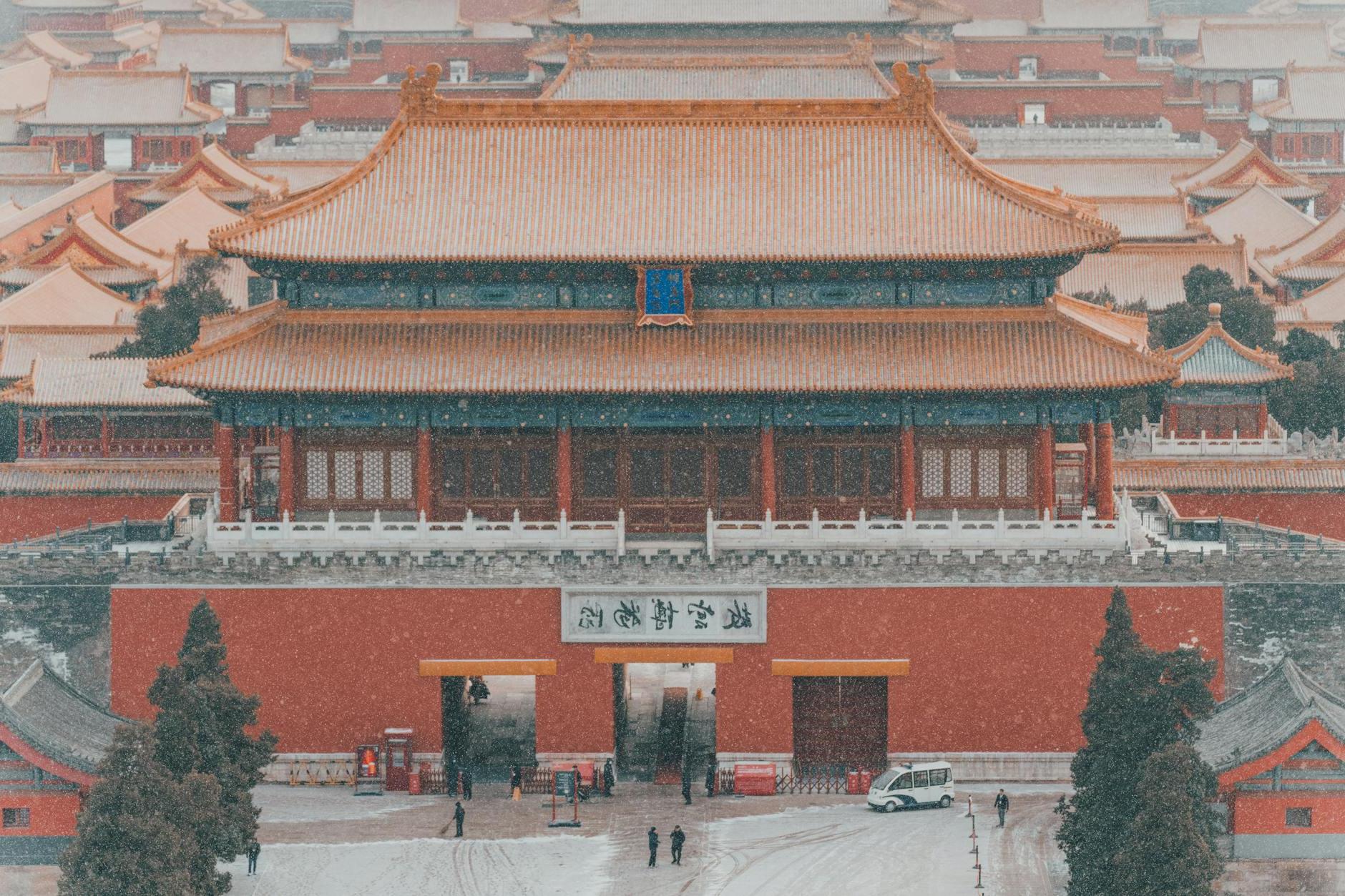
If you’re in Beijing, visiting The National Museum of China is a must. This grand museum showcases the rich tapestry of Chinese history, culture, and art, making it a perfect spot for anyone eager to dive deep into the heart of China’s heritage. To get there, hop on the subway and get off at Tiananmen East or Tiananmen West station - you’ll find the museum right at the east of Tiananmen Square, easily accessible and hard to miss due to its impressive façade. Pay special attention to the Ancient China and The Road to Rejuvenation exhibits; they are particularly captivating, offering a look into China’s ancient past and its journey towards modernization. Remember to wear comfortable shoes as the museum is vast, and you’ll need several hours to explore the extraordinary collections at a leisurely pace.
2. The Great Wall of China
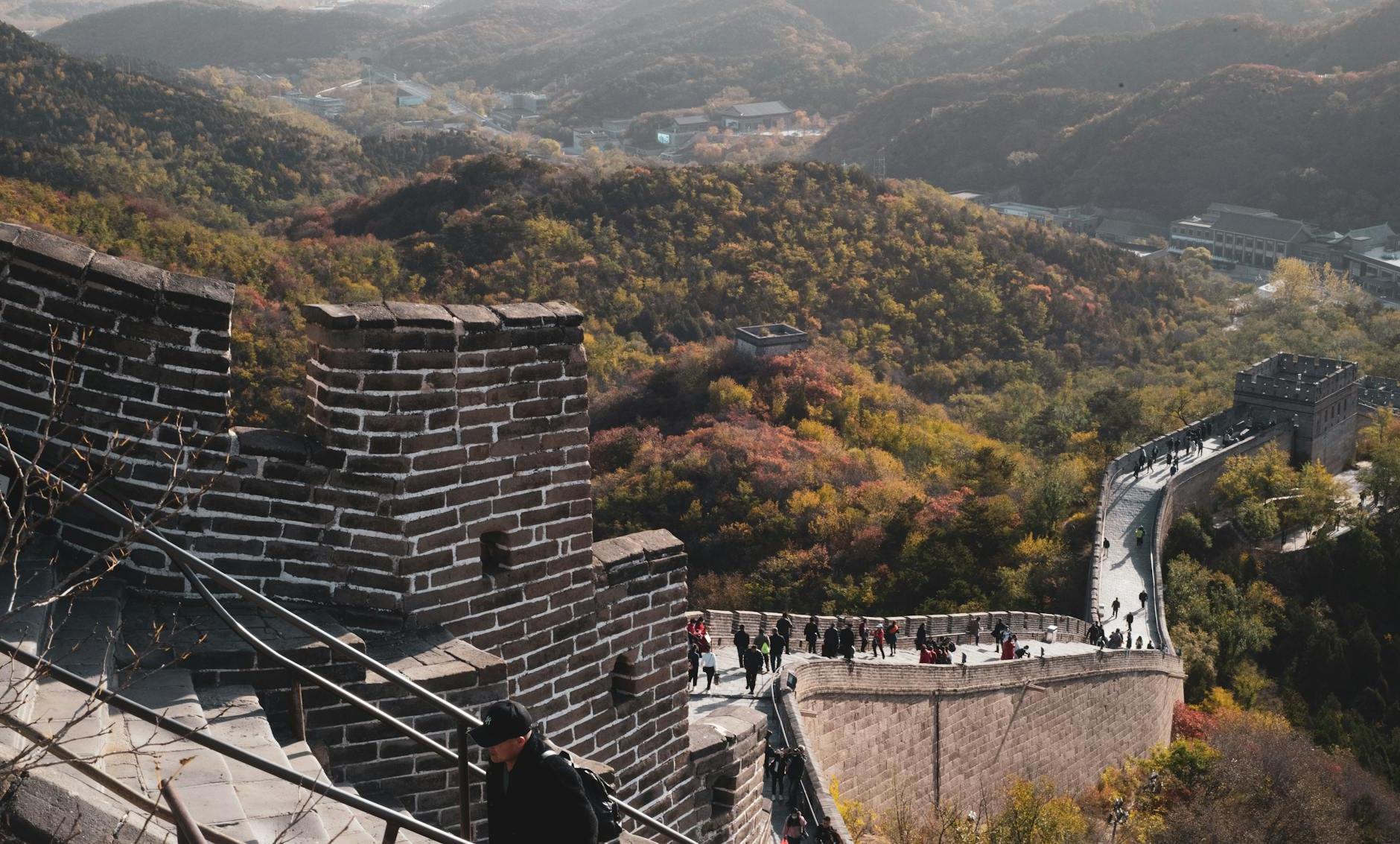
Visiting The Great Wall of China should be at the top of your list when you’re in Beijing. This iconic symbol of China’s historical strength and architectural marvel stretches over rugged mountains and offers breathtaking views. The easiest way to reach this wonder is to take a bus or join a tour from Beijing to the Badaling or Mutianyu sections, both well-restored and equipped for tourists. Remember to wear comfortable shoes as the wall stretches over uneven terrain, making some parts a challenging climb. Also, be mindful of the weather; early morning or late afternoon visits can help you avoid the midday heat or crowds. Don’t miss the chance to witness this UNESCO World Heritage site, where you can walk through history and marvel at both human endurance and the beauty of the Chinese landscape.
1. Forbidden City
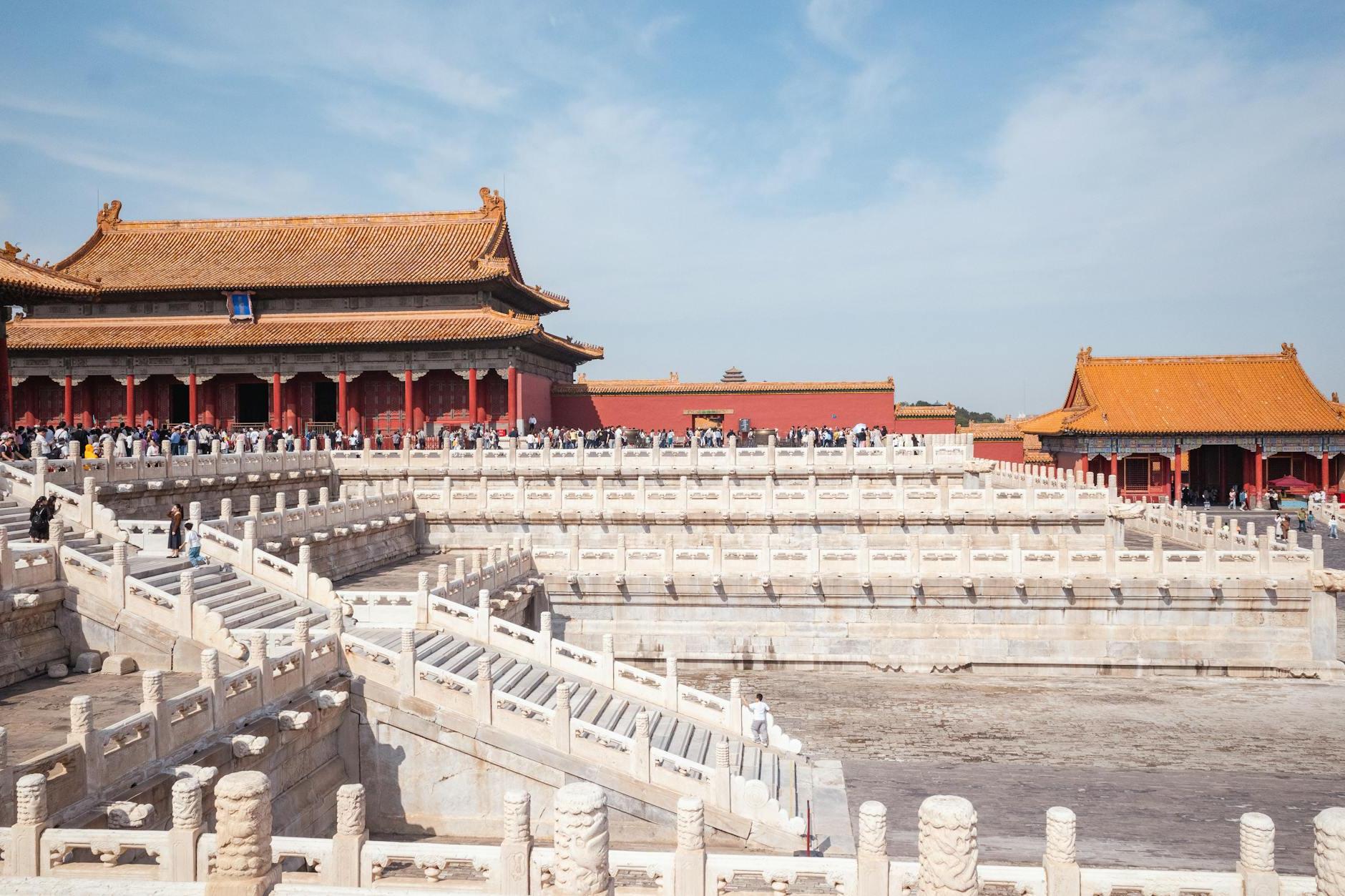
When you’re in Beijing, the Forbidden City stands out as a must-visit landmark, immersing you in the grandeur of China’s imperial past. This vast palace complex, with its stunning architecture and deep historical significance, was the home to emperors for over 500 years. To get there, the easiest way is by subway, alighting at Tiananmen West or Tiananmen East Station—both will drop you close to its gates. Remember to wear comfortable shoes as there’s plenty to explore. Pay special attention to the Meridian Gate, the Imperial Garden, and the Hall of Supreme Harmony for a glimpse into the heart of Chinese royalty. But be mindful of the details: the intricate designs, the symbolic motifs, and the stories behind every hall and garden. Also, remember to book your tickets in advance to avoid long lines, and note that the Forbidden City is closed on Mondays, so plan accordingly. This historic site not only offers a window into China’s rich history but also provides a unique perspective on the cultural underpinnings that have shaped the country.
Frequently Asked Questions
1. What is the best time of the year to visit Beijing?
The best time to visit Beijing is during the spring and autumn months, specifically from March to May and September to October. During these months, you’ll enjoy mild weather, making your exploration of the city and its outdoor attractions like the Great Wall and the Forbidden City much more pleasant. The skies are clearer and the landscapes are at their most beautiful, especially with the fall foliage or spring blossoms. If you’re looking to save a bit on your trip without sacrificing too much in terms of weather, consider visiting in the shoulder seasons, just before or after these peak times. Although it might be a bit colder or hotter, visiting in late February, early June, or late October can be more economical while still providing you with an enjoyable experience.
2. Should I rent a car in Beijing?
Renting a car in Beijing might not be the best idea for your trip. The city is known for its heavy traffic and sometimes complex road network, which can be challenging for visitors to navigate. Finding parking can also be a hassle and often expensive. Luckily, Beijing has an excellent public transport system, including a wide-reaching and efficient subway, buses, and plenty of taxis and ride-sharing options that are relatively inexpensive. These alternatives are likely to make your travel around the city much smoother and will spare you from the stress of driving and parking. So, for a more comfortable and hassle-free experience, relying on public transport and taxis might be the way to go.
3. What are different ways to get to Beijing?
Getting to Beijing, the heart of China, offers various options that cater to the needs and preferences of every traveler. If you’re considering flying, Beijing Capital International Airport is your primary gateway, welcoming flights from across the globe, while the newer Beijing Daxing International Airport serves as an alternative, supporting both domestic and international journeys. For those who enjoy the scenic route, trains are an excellent choice, connecting Beijing to major cities across China with options ranging from high-speed services to more leisurely overnight sleeper cars. Long-distance buses also offer a cost-effective way to reach Beijing, with services running from many cities within the country. Lastly, driving to Beijing can be an adventure in itself; the city is well-connected by a network of expressways and national highways, making road trips from places like Shanghai, Tianjin, or Guangzhou feasible for those who crave the freedom of traveling at their own pace.
4. Are there things to do with children in Beijing?
Absolutely! Beijing is a city brimming with activities for children that are both fun and educational. You can explore the ancient mysteries of the Forbidden City, taking a step back in time to imagine life as a royal. Then, get lost in the marvels of the universe at the Beijing Planetarium. For a day filled with laughter and excitement, head to Happy Valley Beijing, an amusement park that offers thrills for all ages. Don’t forget the Beijing Zoo, where you can meet giant pandas up close! And for a breath of fresh air, take a family stroll around the Summer Palace, where beautiful gardens, lakes, and palaces provide a serene escape from the bustling city. With its mix of cultural heritage, modern marvels, and natural beauty, Beijing promises a memorable adventure for the whole family.
5. Is Beijing safe to travel to?
Beijing is generally considered safe for travelers. The city boasts a low crime rate, especially when it comes to violent crimes against tourists. However, like any major city around the world, it has its share of petty crimes and scams. Tourists might encounter pickpocketing, especially in crowded places such as tourist attractions and public transport. Scams can include overpriced goods and services targeted at tourists, so it’s wise to be cautious and do some research before making purchases or bookings. To stay safe, always keep your valuables out of sight and be aware of your surroundings, particularly in tourist areas and when in crowded spaces. While Beijing is a welcoming city for tourists, staying alert and following basic precautions will help ensure your visit is enjoyable and secure.

